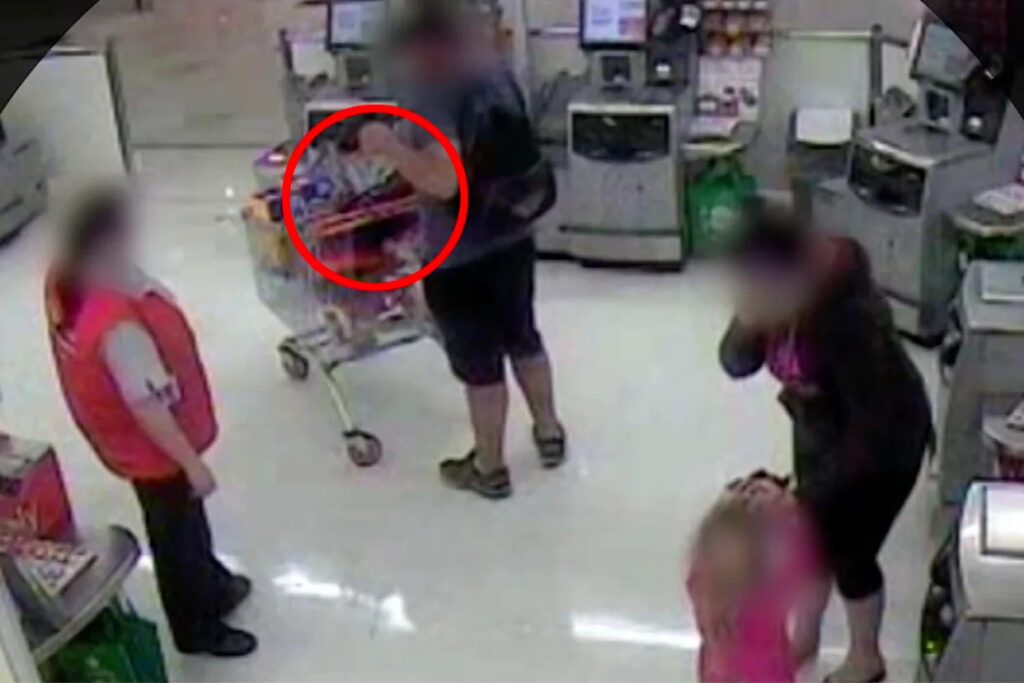
As the holiday shopping season approaches, retail workers in Australia are increasingly at risk of violence and aggression. With Christmas just weeks away, experts warn that incidents of theft and confrontations are likely to escalate. According to security, risk, and communications expert Scott Taylor, offenders have become “directly more brazen,” reflecting a broader trend of rising aggression across the retail, education, and healthcare sectors.
Every year during the lead-up to Christmas, retail crime experiences a significant uptick. Taylor explains that two main factors contribute to this rise: the pressure to meet social expectations during the holidays and the increasing financial strain from cost-of-living pressures. “It’s that time of the year where people can’t meet their social goals or provide for their family,” he stated. As a result, theft often spikes as individuals seek additional funds to purchase gifts and other necessities.
Research from the Monash Business School’s Australian Consumer and Retail Studies (ACRS) has identified a concerning shift in attitudes toward theft among younger consumers. The study reveals that approximately 54 percent of respondents aged 18 to 34 believe it is justifiable to take items without paying for them to some degree. In stark contrast, only 7 percent of those aged 55 and older share this viewpoint.
The report, which surveyed over 1,000 shoppers, highlights a significant generational divide in attitudes toward theft. For instance, 61 percent of younger consumers believe it is acceptable to scan items at self-serve checkouts at a lower price, compared to just 15 percent of older shoppers. Additionally, 68 percent of younger respondents feel it is acceptable to take supplies from work, while only 19 percent of older consumers agree.
The rise in self-service technology, such as automated checkouts, is linked to increased theft rates. Taylor notes that anonymity in these environments encourages reckless behavior. “Anonymity breeds bravado,” he explained. Consumers may feel emboldened to engage in theft due to a perceived lower risk of being caught.
With the increase in theft and violence, retailers are faced with the challenge of protecting their staff. Taylor advocates for improved store design and layout to enhance visibility and reduce the likelihood of crime. He also suggests implementing technology solutions, such as facial recognition systems, to identify repeat offenders.
The use of AI facial recognition cameras has stirred controversy, particularly following their trial in 63 Bunnings stores from November 2018 to November 2021. While these cameras aim to safeguard employees from repeat offenders, the Office of the Australian Information Commissioner (OAIC) determined that Bunnings breached consumers’ rights by collecting personal information without consent.
Taylor criticized the OAIC’s stance, arguing that many misunderstand how this technology functions. He referred to a study by Foodstuffs, a New Zealand grocery chain, which found that its facial recognition cameras effectively prevented over 100 severe incidents during a seven-month trial. Taylor clarified that the technology does not store images but rather converts facial measurements into numerical data, significantly reducing privacy concerns.
Despite the effectiveness of such technologies, the messaging surrounding them remains unclear. Taylor remarked that public understanding of facial recognition technology is often limited, leading to fears that are largely unfounded.
As the holiday season approaches, the safety of retail workers remains a pressing concern. Enhanced security measures, alongside a shift in societal attitudes towards theft, will be crucial in addressing the challenges faced during this peak shopping period.






